This entry includes a walking tour! Take the tour.
Introduction
Author-Uploaded Audio
Listen to a narration of this entry's description by Will Hiott.
Text-to-speech Audio
This restored historic home was built between 1714 and 1716 by Paul de St. Julien, a French Huguenot (a French Protestant of the Reformed Church of France). Its original location was in Berkeley County, and in August 1941, it was dismantled and rebuilt on Clemson University's campus, saving the home from being submerged in the man-made lake, Lake Moultrie. The over 700-acre property plantation was named for English King George I, the former Elector of Hanover, who provided opportunities for Huguenots to flee persecution in France. The house moved to S.C. Botanical Garden in 1994, is open to the public for tours on the weekend; Hanover House is furnished with items dating to the 18th and 19th centuries. It was added to the National Register for Historic Places in 1970.
Images
Hanover House
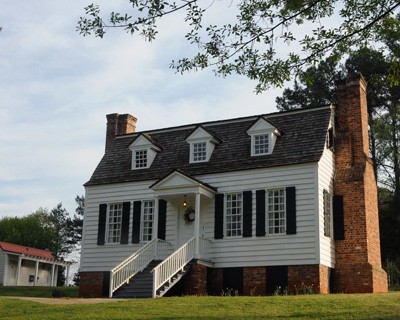
Hanover House Dining Room
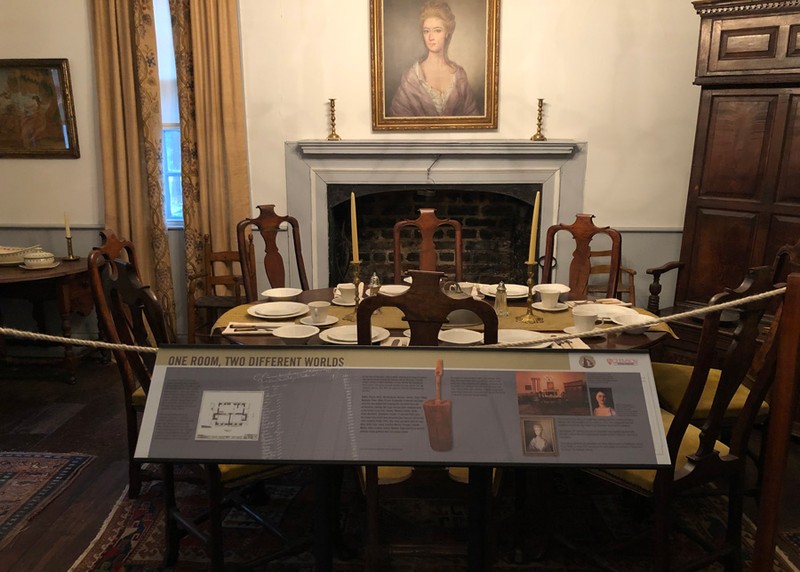
Hanover House Parlour
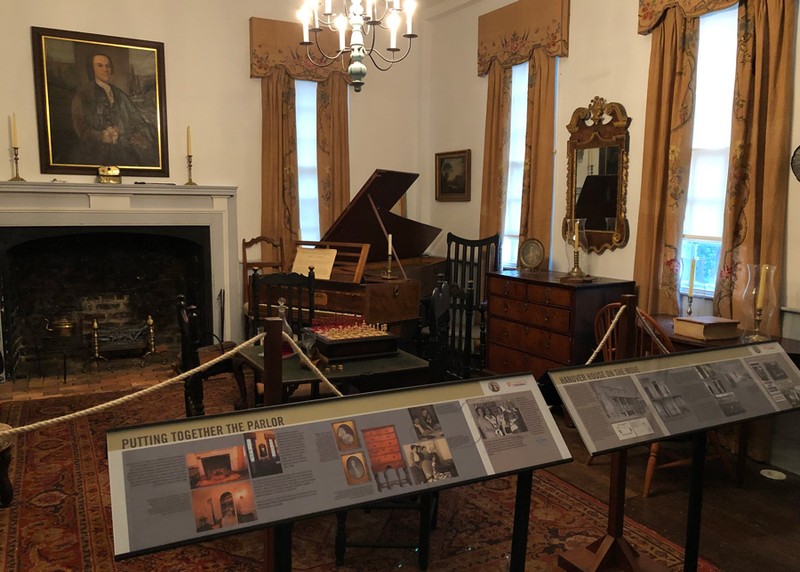
Will and Inventories of Paul de St. Julien
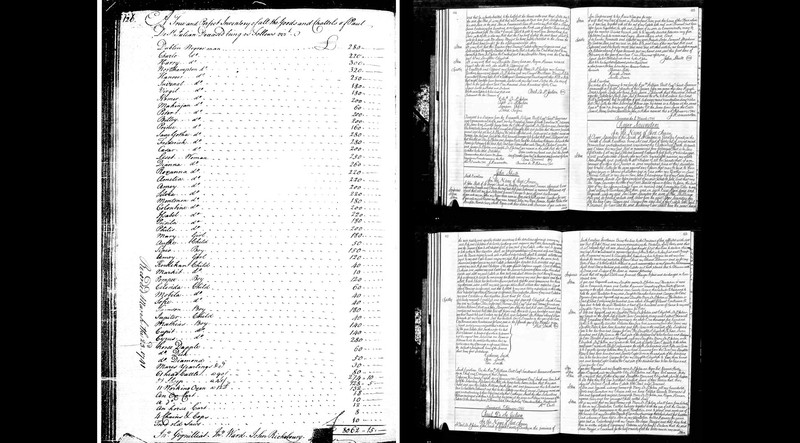
Rice Plantation Tools
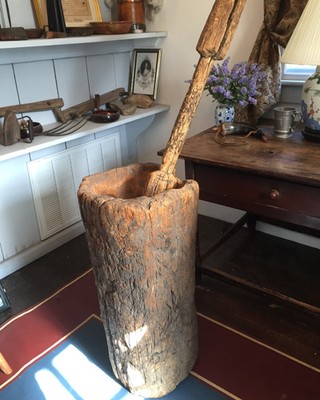
Backstory and Context
Author-Uploaded Audio
Listen to a narration of this entry's description by Will Hiott.
Text-to-speech Audio
Built in 1716, likely by enslaved laborers, in Berkeley County, S.C., Hanover House functioned primarily as a rice plantation. Hanover House was named by the St. Julien family to honor George I, Elector of Hanover, "for his assistance to French Huguenots in fleeing France after the 1685 Revocation of the Edict of Nantes." In the mortar of one of the chimneys, Paul de St. Julien wrote, "Peu a Peu," from the French proverb which means, "Little by little the bird builds its nest."
Hanover House is an excellent example of Huguenot architecture with its balanced symmetry, gambrel roof, dormers, and variety of French details. The siding of the home was made from Black cypress timbers and features massive triple-flute chimneys to accommodate the raised basement and its warming kitchens.
In 1741, Mary de St. Julien inherited Hanover House and over 720 acres from her father. In September of 1750, she married her cousin Henry Ravenel of Pooshee. After Henry's death in 1785, their son Stephen Ravenel left Hanover to his brother, Daniel James Ravenel. Daniel would bequest Hanover to his great-nephew Henry LeNoble Stevens, whose daughter, Henrietta LeNoble Stevens White, was the last member of the St. Julien/Ravenel family to own Hanover House.
After 150 years of St. Julien/Ravenel ownership, "progress threatened to destroy the home" in the 1940s. The plans for a man-made lake, Lake Moultrie, placed Hanover House in its path and the Historic American Buildings Survey of the Santee-Cooper basin noted that "Hanover House was of national significance." To save the home from the water, Hanover was moved 250 miles north to Clemson University, home of the state's architectural school. In 1994, Hanover was moved once again, this time relocated to the South Carolina Botanical Garden, and now "overlooks an heirloom vegetable garden."
Hanover House is now listed on the National Register of Historic Places and serves as a monument of an early French Huguenot structure. Beginning in the 1950s, the Spartanburg Committee of the National Society of Colonial Dames of America assisted in providing furnishings for Hanover House that were representative of 1700-1750 and a low country rice plantation.
Sources
"Hanover House History." Clemson University. Accessed October 25, 2018.
https://www.clemson.edu/about/history/properties/hanover.
McCorkle, Norman. "St. Julien-Ravenel House." National Park Service - National Register of Historic Places Nomination Form. June 5, 1970.
https://npgallery.nps.gov/GetAsset/ccf3589e-9dd2-40af-a639-7a72a909af3b.
“Hanover House and Clemson University: 1941 and Beyond | Clemson University, South Carolina.” Accessed May 27, 2020. https://www.clemson.edu/about/history/properties/hanover/Restoration%20of%20Hanover%20House/.
“Hanover House Exhibit Displays | Clemson University, South Carolina.” Accessed May 27, 2020. https://www.clemson.edu/about/history/properties/hanover/gallery.html.
“Historic Hanover House: Over 300 Years of History | Clemson University, South Carolina.” Accessed May 27, 2020. https://www.clemson.edu/about/history/properties/hanover/.
“The African American Experience at Hanover House | Clemson University, South Carolina.” Accessed May 27, 2020. https://www.clemson.edu/about/history/properties/hanover/african-americans-hanover.html.
“Hanover House | Knowitall.Org.” Accessed May 27, 2020. https://www.knowitall.org/series/hanover-house.
https://www.clemson.edu/about/history/properties/
https://www.clemson.edu/about/history/properties/hanover/index.html
https://www.clemson.edu/about/history/properties/hanover/index.html
https://www.clemson.edu/about/history/properties/hanover/african-americans-hanover.html
https://www.clemson.edu/about/history/properties/hanover/african-americans-hanover.html
